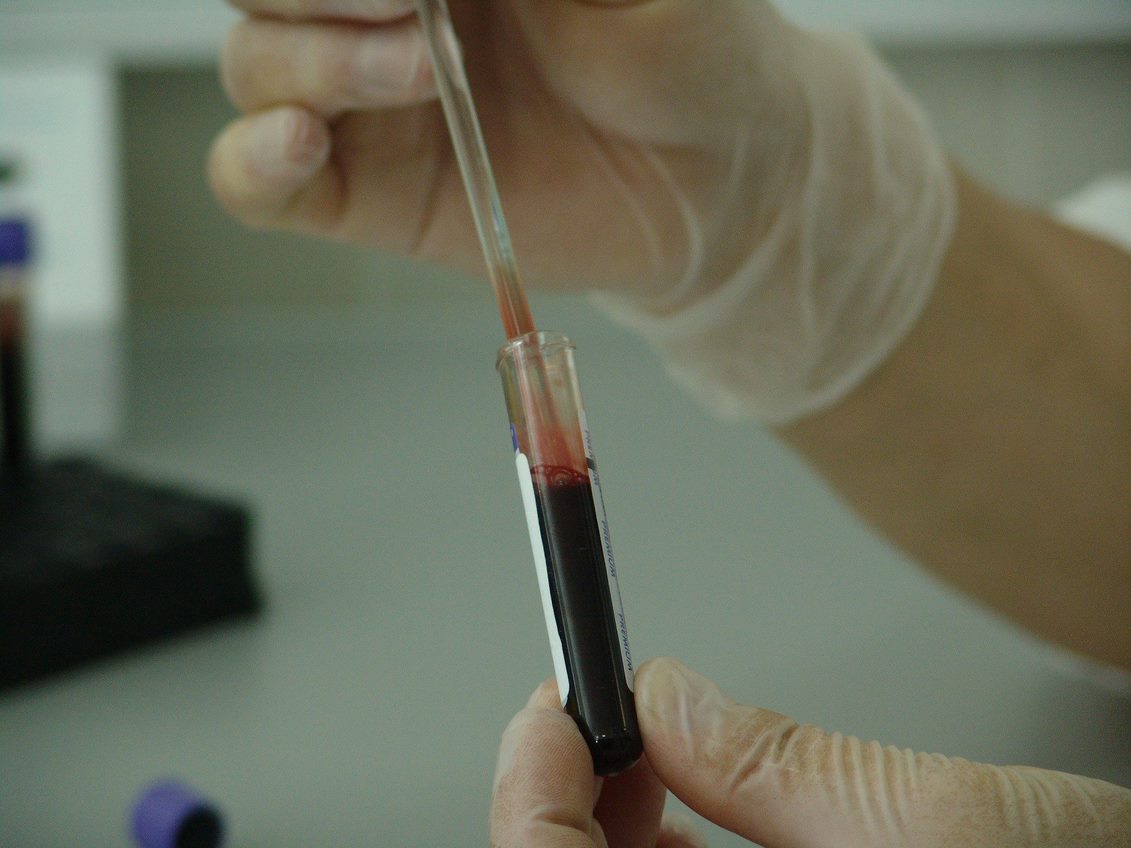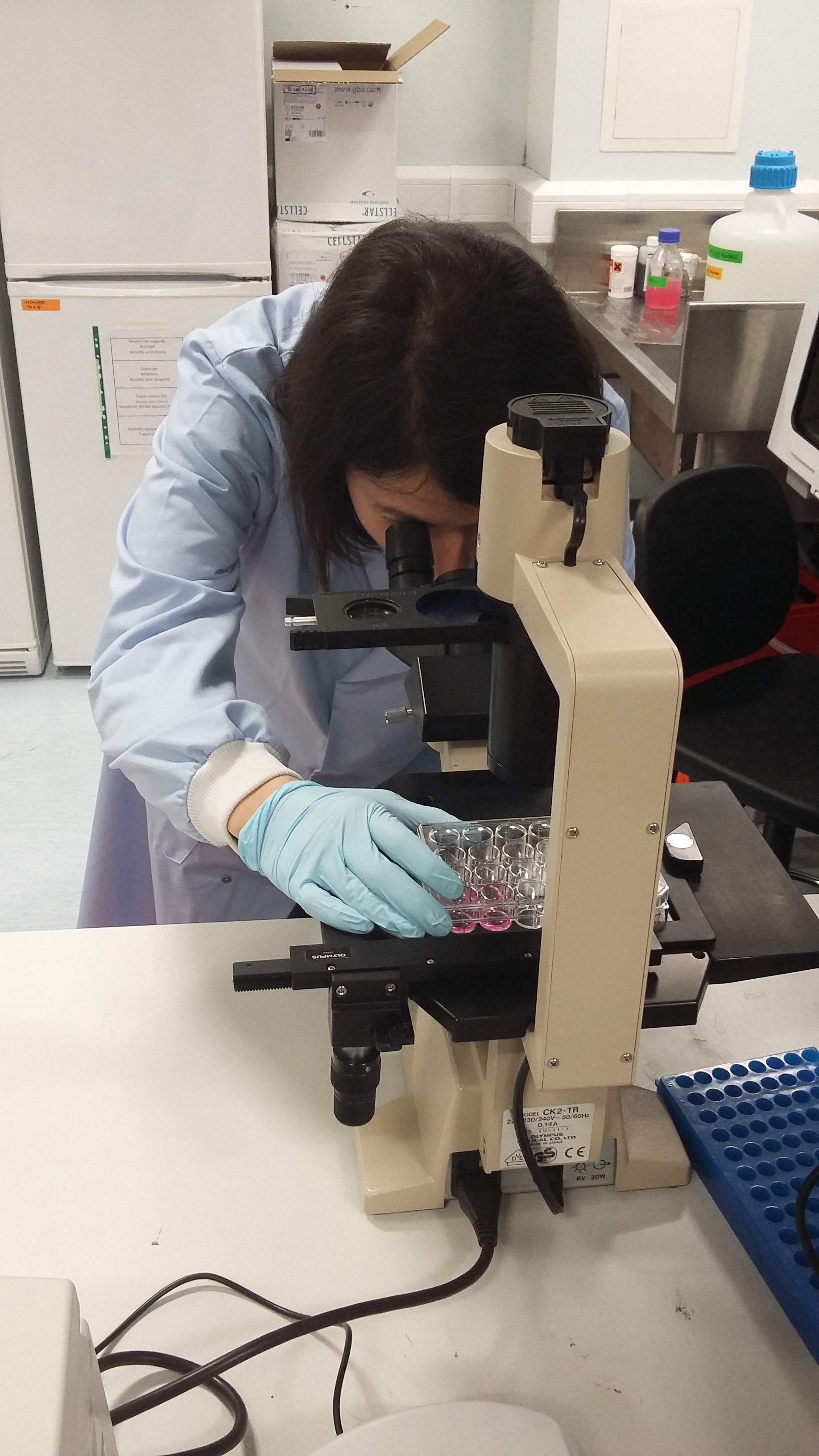A new analysis by Cancer Research UK provides crucial data on how some cancer rates vary by ethnicity. The results published in the British Journal of Cancer show big differences in certain types of blood cancer rates, such as leukaemia between different ethnic groups. Data around inequalities in cancer highlight where improvements in survival, treatment and care can be made. For example,
Black people are almost three times more likely to get a form of leukaemia known as myeloma.
Asian people are amongst the most likely to get leukaemia.
This new data is especially important as blood cancers are the 5th most common type of cancer and the 3rd biggest cause of cancer deaths in the UK.
Ethnic groups disproportionately affected
The recent reports (see Have we forgotten cancer patients?), from Macmillan Cancer Support estimated showing that there are now 50,000 “missing” cancer diagnoses, it is even more important that research is focussed. The latest study demonstrates the importance of understanding the differences and inequalities in cancer and to highlight where improvements in survival, treatment and care can be made. Given the renewed focus on the health of minority ethnic groups in the UK during the COVID-19 pandemic, where these groups were disproportionately affected, it is important to now focus on how improvements can be made in relation to cancer diagnosis and treatment. The new findings therefore presents an opportunity for improvements in both policy and practice.
 Fiona Hazell, Chief Executive of Leukaemia UK (pictured), said: “We welcome this study and the insights it provides. Addressing health inequalities in cancer prevention, early diagnosis and treatment must be a priority for the UK Government. The 10-year cancer plan provides one opportunity to achieve this but leukaemia and other blood cancers must be included if we’re to improve and save the lives of those affected.
Fiona Hazell, Chief Executive of Leukaemia UK (pictured), said: “We welcome this study and the insights it provides. Addressing health inequalities in cancer prevention, early diagnosis and treatment must be a priority for the UK Government. The 10-year cancer plan provides one opportunity to achieve this but leukaemia and other blood cancers must be included if we’re to improve and save the lives of those affected.
“We also encourage the government to support the NHS in ensuring that more ethnicity data is collected so trends like this can be spotted, and interventions made, as soon as possible.”
With all cancers and across all ethnic groups, awareness of the signs and symptoms is vital to drive improvements in diagnosis, effective treatment and survival.
 Fiona Hazell goes onto say, “Early diagnosis is key to effective treatment and improving survival from blood cancers. Symptoms such as:
Fiona Hazell goes onto say, “Early diagnosis is key to effective treatment and improving survival from blood cancers. Symptoms such as:
- headaches,
- fatigue,
- unusual bruising or bleeding,
should not be ignored – and a blood test is vital to achieving an early diagnosis. Don’t hesitate to talk to your GP if you are concerned that you may be experiencing these symptoms.”
Key findings regarding blood cancer
The study shows that Black people are almost three times more likely to get myeloma. It also shows that Asian people are amongst the most likely to get leukaemia.
 Both leukaemia and myeloma are types of blood cancer. Blood cancer is the 5th most common type of cancer and the 3rd biggest cause of cancer deaths in the UK. Further research is vital to improve survival rates as well as the quality of life for those who receive this devastating diagnosis.
Both leukaemia and myeloma are types of blood cancer. Blood cancer is the 5th most common type of cancer and the 3rd biggest cause of cancer deaths in the UK. Further research is vital to improve survival rates as well as the quality of life for those who receive this devastating diagnosis.
Around 10,000 people are newly diagnosed and over 4,700 lives are lost to leukaemia each year in the UK.
About Leukaemia UK
Leukaemia UK is the UK’s dedicated leukaemia research charity which works to save and improve the lives of those affected, through funding world class research and ground-breaking care.
The pictures (courtesy of Leukaemia UK) show funded researchers who are both Leukaemia UK John Goldman Fellows – Dr Miguel Ganuza (feature picture) and Dr Samanta Mariani (right) – who are currently conducting research into kinder and more effective treatments for different types of leukaemia.




